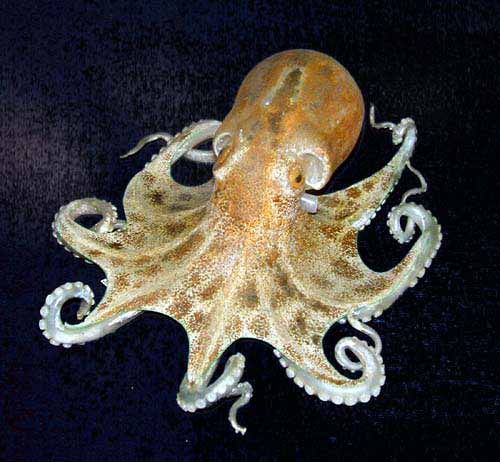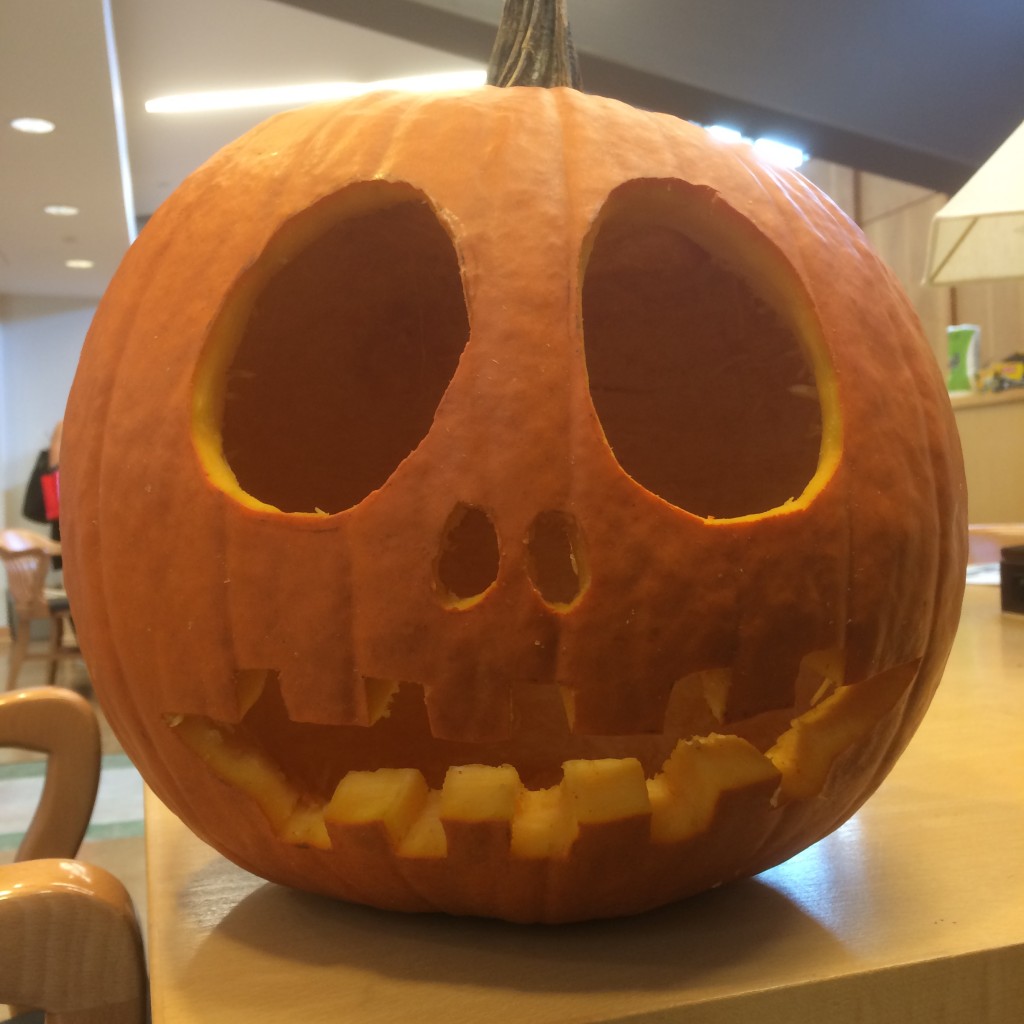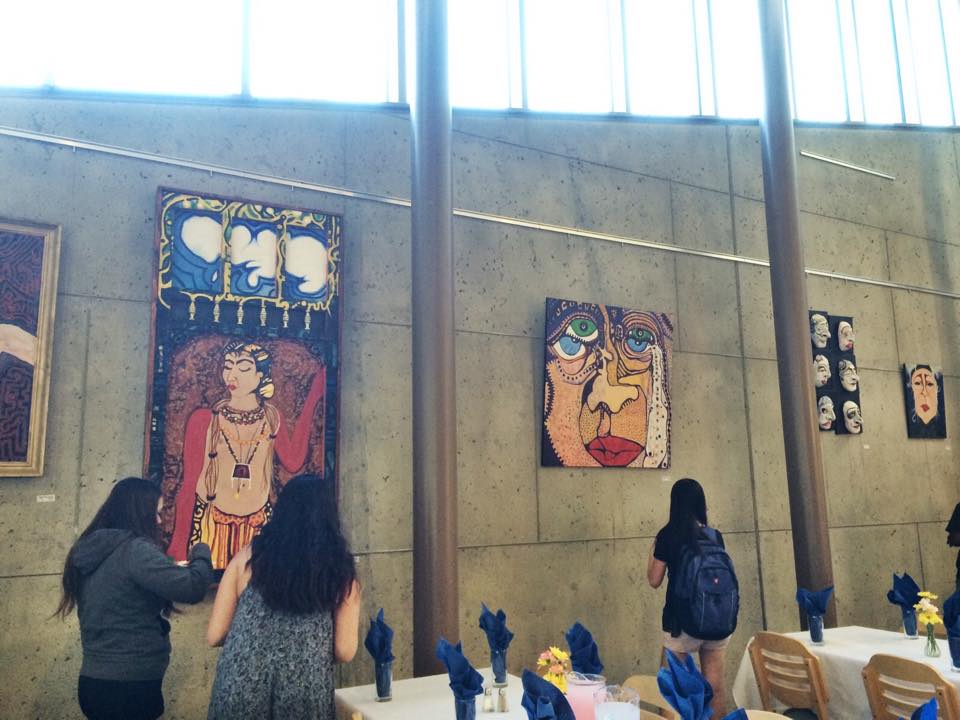Last Friday, I I took a class on self defense along with other rose scholar students and it was quite an experience! I had to step out of my comfort zone, put aside any feelings of embarrassment and channel my inner tiger.
I learned that self defense is not about hurting others and expressing violence, it’s actually all about avoiding physical contact and using it only as a last resort. The way to defend yourself from the start is to show others that you are not a target, and that starts right from your posture. Crossing your legs or folding your arms is a sign of passivity meaning that others will perceive you as someone who is easy to pick on. So the first step is to spread your legs shoulder width apart and let your arms hang at your sides!
And when the worst comes to worst, you have to be able to defend yourself from attacks of others and phase them out just so that you have enough time to escape. As a group we learned a few moves and practice it among each other. It was fun, unconventional and a great opportunity for stress relief!






